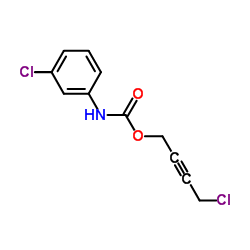| 结构式 | 名称/CAS号 | 全部文献 |
|---|---|---|
 |
燕麦灵
CAS:101-27-9 |
|
 |
碳化钛
CAS:12070-08-5 |
| 结构式 | 名称/CAS号 | 全部文献 |
|---|---|---|
 |
燕麦灵
CAS:101-27-9 |
|
 |
碳化钛
CAS:12070-08-5 |